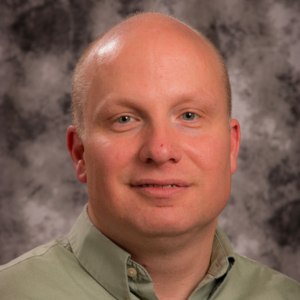Louis Smith
Louis (Louie) Smith has been with SAY Plastics since its founding in 1986. SAY Plastics was established in November 1986 by Louie’s father, William Smith, and William Yingling, both of … Continue Reading
Thermoforming is just the beginning...
Collaboration is how to do it
Get Safe, Lean, and Organized
Cover it to keep it safe
Thermoforming is our PASSION at SAY Plastics!
From Sketch to Exceptional Results
Not All Tools Are Meant to be Aluminum
Layered to Perfection
Let Us Complete The Job!
Because You Don't Have Time to Clean up After Your Supplier
Our Team

Louis (Louie) Smith has been with SAY Plastics since its founding in 1986. SAY Plastics was established in November 1986 by Louie’s father, William Smith, and William Yingling, both of … Continue Reading

Erich Kaintz joined SAY Plastics in 2017 as Vice President of Business Development. He brings 23 years of diverse industry experience to our organization in the areas of thermoforming engineering, … Continue Reading

Lisa is SAY Plastics’ Director of Operations. She joined our organization in 2019 and comes to us with 32 years of experience in sales, marketing, human resources, and business development. … Continue Reading

Todd brings over 30 years of thermoforming experience to SAY Plastics. He joined the company in 2017 as Plant Manager and is responsible for overseeing all plant operations and our … Continue Reading